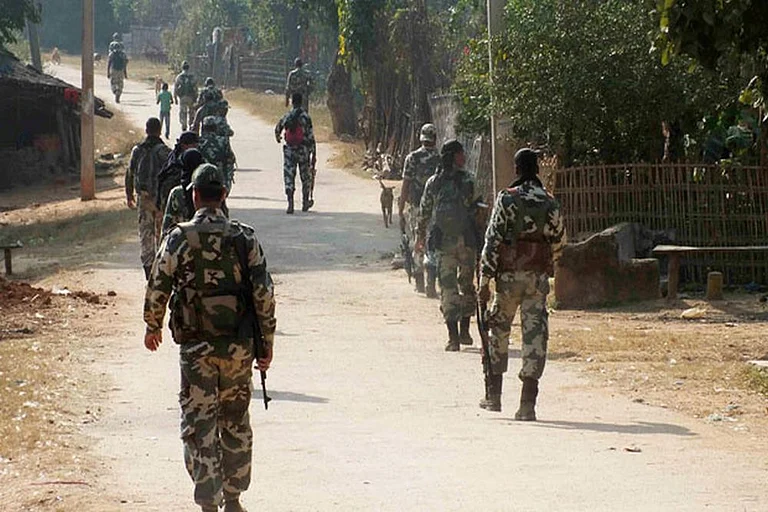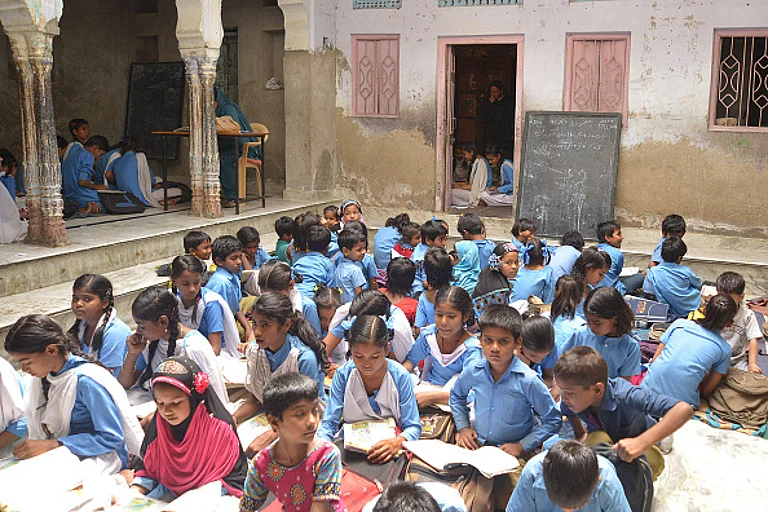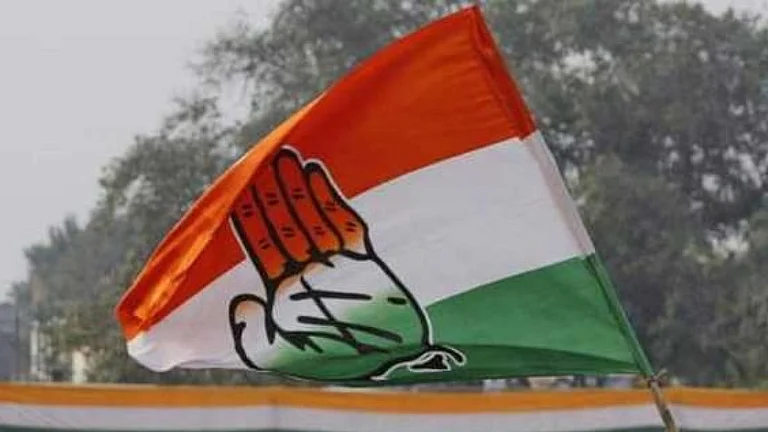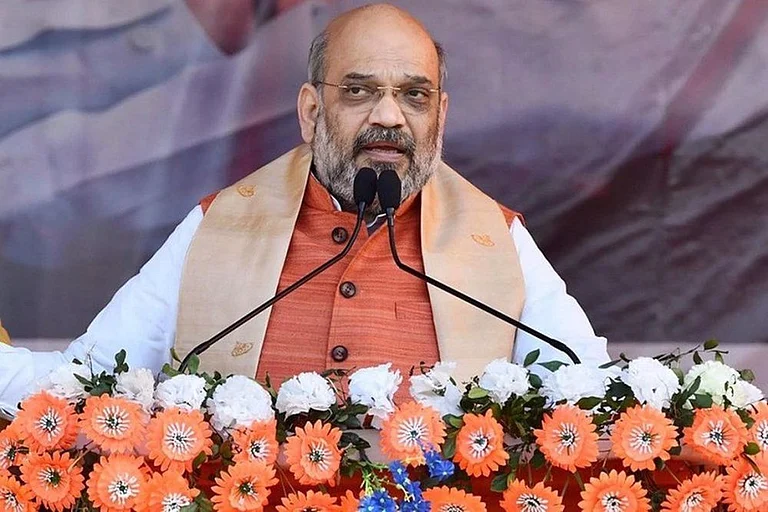
Most-affected LWE districts now limited to three in Chhattisgarh (Bijapur, Kanker, Narayanpur), down from six earlier this year and 12 in April, with total affected areas at 11 from 18.
Success driven by security ops, financial curbs, and development aid like ₹30 crore SCA funding, plus 27 high-value surrenders in Sukma amid 70% violence drop since 2009.
Milestone advances Modi government's 2026 Naxal-free target, transforming Maoism from top threat to contained issue, though experts stress sustained governance in tribal belts.
the Union Home Ministry announced on Wednesday that the number of districts classified as "most-affected" by Left Wing Extremism (LWE) has plummeted to just three from six, underscoring the Modi government's aggressive push towards a Naxal-free India. This reduction follows a similar halving in April 2025, when the count dropped from 12 to six, reflecting sustained security operations, development initiatives, and financial crackdowns that have eroded Maoist strongholds.
The three remaining most-affected districts are Bijapur, Kanker, and Narayanpur in Chhattisgarh, down from the previous list that also included Sukma (Chhattisgarh), West Singhbhum (Jharkhand), and Gadchiroli (Maharashtra). Overall LWE-affected districts have further contracted to 11 from 18, a sharp decline from 126 in 2013, with violence incidents reduced by over 70% since their 2009 peak. The Ministry credits this progress to a multi-pronged strategy: intelligence-driven operations, enhanced state-central coordination, accelerated prosecutions, and infrastructure boosts under schemes like Special Central Assistance (SCA), which provides ₹30 crore annually to most-affected districts.
Coinciding with the announcement, 27 Maoists with a combined bounty of ₹50 lakh surrendered in Sukma district, highlighting the psychological toll on insurgents amid choked funding and targeted leadership eliminations. Union Home Minister Amit Shah, who has vowed to eradicate LWE by March 2026, emphasized the shift from once being India's gravest security threat to near-irrelevance, urging continued vigilance in the residual "red corridor." Critics, however, caution that underdevelopment in tribal areas could fuel resurgence, calling for deeper focus on rehabilitation and rights.
This development bolsters national stability, freeing resources for economic growth in formerly volatile regions, and aligns with broader goals of a "Sashakt, Surakshit, and Samriddh Bharat."


























